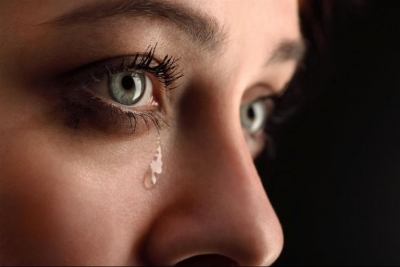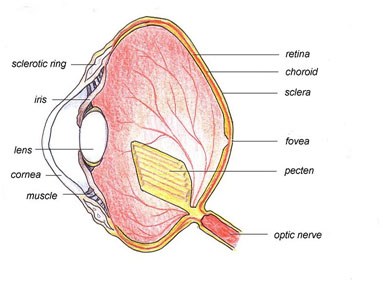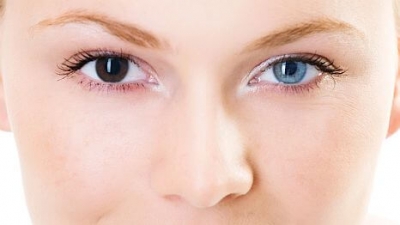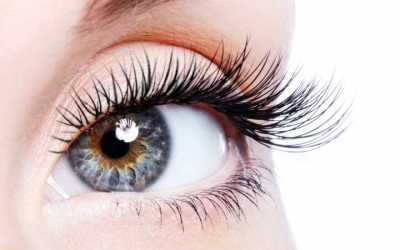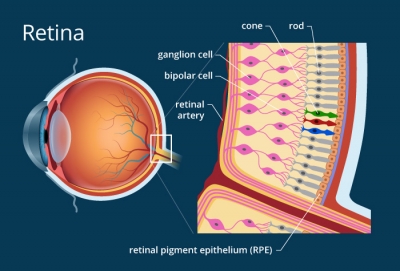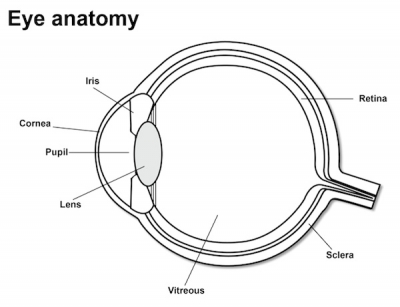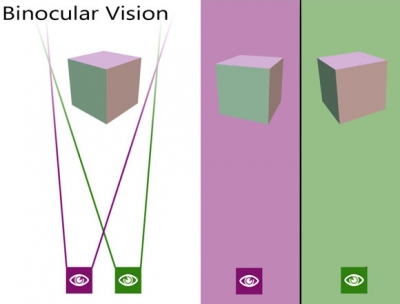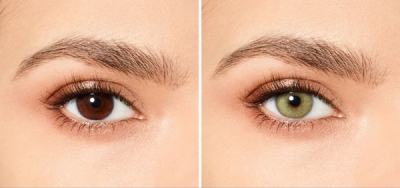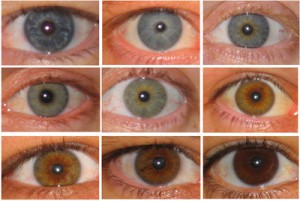
Brown Eyes: Brown eyes are the most common eye color in the world with over 55% of the world's population having brown eyes. Brown eye color is a dominant genetic trait, and is created by the presence of melanin in the eye. Brown eyes are typically darker than other eye colors, and they may even appear black in certain individuals.
Hazel Eyes: Hazel eyes are similar to brown eyes, although they are typically lighter in color, and have more of a green-yellow tint. Hazel eyes have a higher concentration of melanin (pigment) around the eye's border, which can result in a multi-colored appearance that varies between copper and green depending on the lighting. Most people estimate that around 5-8% of the world's population has hazel colored eyes.
Blue Eyes: Blue eyes are genetically recessive and therefore much less common worldwide. Blue eyes are formed by the absence of pigments in the eye, where the blue color is formed by the scattering of light as it's reflected off the iris. It's estimated that approximately 8% of the world's population has blue eyes.
Green Eyes: Green eye color is often confused with hazel eye color, yet is entirely separate and distinct. Green eye color is the rarest color found around the world, and it is estimated that only around 2% of the world's population has green colored eyes. Green eye color is a result of a mild amount of pigmentation in the eye with a golden tint. When combined with the natural blue scattering of the eye, the colors mix to give a green appearance.
Silver Eyes: Silver eye color is also quite rare, although many consider silver eyes to be a variation of blue eye color. Like blue eyes, silver eyes are the result of a very low amount of pigmentation in the eye, which reflects a gray-silver appearance.
Amber Eyes: Amber eyes show off a yellow-copper tone, which results from the yellow colored pigment lipochrome. Amber eye color can range from golden yellow to a more copper tone.
Picture Credit : Google
